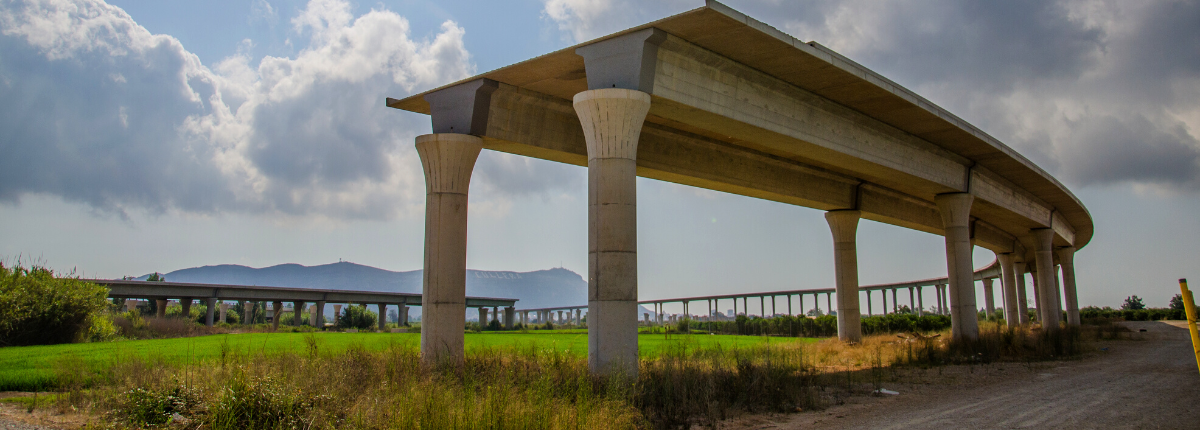
Decision-makers do not get it right all the time. Understanding potential avenues of failure provides a good basis for being able to identify risks associated with failure and develop strategies to avoid them. Avoidable errors always seem more egregious than unforced ones. Infrastructure planning can often fail due to a variety of reasons.
Lack of long-term vision: Infrastructure projects often have long lifespans, and it is important to have a clear vision of the future needs of the community in order to plan effectively. If the infrastructure is not designed to meet the needs of the community in the long term, it may become outdated or inadequate.
Insufficient funding: Infrastructure projects can be expensive, and if there is not sufficient funding available to complete the project, it may not be feasible to proceed. This can be especially challenging when infrastructure projects are designed to serve a large, diverse community with a variety of needs.
Political considerations: Infrastructure projects can be influenced by political considerations, such as the interests of local politicians or the preferences of specific groups within the community. This can lead to projects being implemented that do not fully consider the needs of the community as a whole.
Poor coordination: Infrastructure projects often involve multiple stakeholders, including government agencies, private companies, and community organizations. If these stakeholders are not effectively coordinated, it can lead to delays, cost overruns, and other problems.
Environmental and social impacts: Infrastructure projects can have environmental and social impacts that are not fully considered during the planning process. For example, a highway project may disrupt natural habitats or displace communities, leading to negative consequences for the environment and local residents.
Technological advancements: Infrastructure projects may be designed and built using technologies that become outdated or inferior to newer alternatives. This can lead to problems with the performance and maintenance of the infrastructure, and may require costly upgrades or replacements.
Planning frameworks that do not address these issues imperil successful delivery of infrastructure over time.
How do you manage planning risk in your organisation? I would be keen to read your views in the comments.
